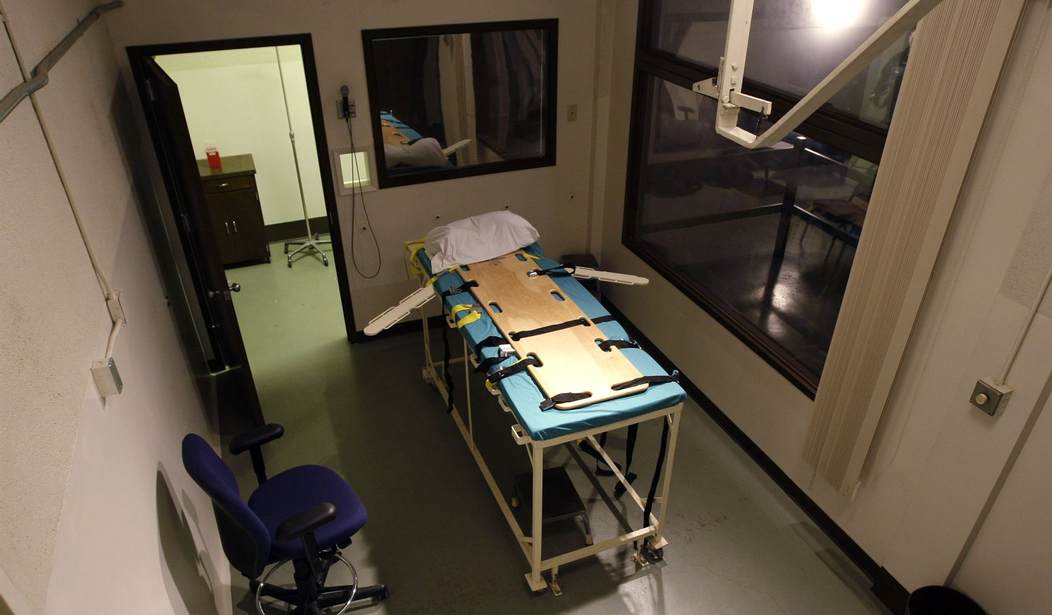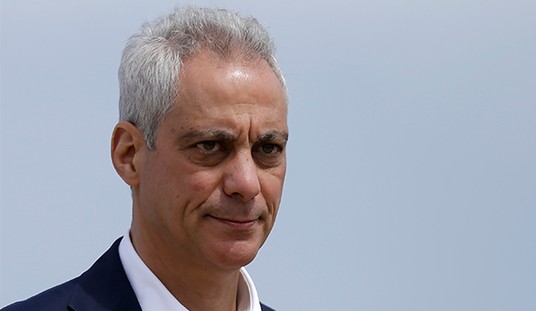As Congress grapples with how to pay for $2.2 trillion in COVID-19 aid, and the nearly $4 trillion federal deficit expected this year, governors and state lawmakers are fighting their own financial battles.
The lack of economic activity as a result of coronavirus shutdowns has dried up tax revenues. At the same time, increasing demand for government services means money is draining out of state coffers at a record pace. It’s little wonder that most states are bracing for massive revenue shortfalls and record deficits.
New York estimated tax revenue may be as much as $7 billion below projections for the current fiscal year. Illinois is facing $7.3 billion in general revenue shortfalls over the next two years. Rainy day funds are expected to be depleted in numerous states, including Arkansas, Illinois, New Jersey, Kentucky and Pennsylvania.
Ohio Governor Mike DeWine announced hiring freezes and told cabinet members to look for ways to cut 20 percent of agency budgets. State budget deficits of more than $1 billion are expected in Kansas and Arizona. Even Alaska’s state lawmakers are preparing for an $815 million revenue shortfall next year.
As state policymakers put programs on the chopping block in an attempt to balance budgets, there’s one failed policy that should be first to go: the death penalty.
Twenty-eight states pay millions – often tens of millions – of dollars every year to keep the death penalty alive, even though it provides absolutely no benefit. It doesn’t deter crimes or protect the public, and it even puts the lives of innocent people at risk.
Recommended
In Florida, the death penalty costs state taxpayers an astounding $51 million each year. Getting rid of Louisiana’s death penalty would save state residents $15.6 million annually. North Carolina’s capital punishment cases cost the state an average of $11 million a year.
Seeking the death penalty in Indiana costs 10 times more than non-death penalty first-degree murder cases. The cost of prosecuting death penalty cost 4 times as much as a non-capital case in Kansas, and 3.2 times more in Oklahoma.
Last year, Colorado spent $1.6 million trying a death penalty case – even though the victim’s family asked the prosecution not to seek the death penalty.
On average, throughout America, a death row inmate costs $1.12 million more than a general population inmate, according to a study by Susquehanna University. With 2,620 people currently on death row in America, $2.9 billion dollars could’ve been saved if those inmates had all been sentenced to life in prison without parole rather than to death – a reasonable alternative since no adult sentenced to life without parole in the United States has ever been released on parole.
The cost of trying a death penalty case is so much than higher than life in prison due to the increased time and legal fees spent on the case, numerous appeals, and the expense of housing someone on death row compared to the general prison population.
The death penalty remains in effect in so many states because of a lie – the lie that the threat of execution reduces murders and other heinous crimes. That urban legend was dispelled in 2012, when the National Research Council reviewed all available studies and determined that there is no credible evidence that the death penalty deters murder. On average, states with the death penalty actually have more murders and other violent crimes per capita than non-death penalty states.
In fact, 7 of the 10 states with the highest per capita murder rates have a death penalty. Seven of the 10 states with the lowest per capita murder rates do not.
But state lawmakers in 28 states haven’t let facts get in the way of wasting millions of hard-earned tax dollars on sending people to death row.
Wasting tax dollars and failing to protect the public isn’t even the worst of it. The most troubling single aspect of the death penalty is how often states get it wrong. More than 160 Americans have been released from death row due to wrongful convictions.
Others haven’t been so lucky.
About 4 percent of people put to death since America began reinstituting the death penalty in 1976 have been innocent, according to research conducted by the Proceedings of the National Academy of Sciences.
Given the expense and the litany of failures associated with the death penalty, it should come as no surprise that Americans’ support of the death penalty is at an all-time low. A 2019 Gallup survey found that support for life without parole surpassed that for the death penalty by a margin of almost 2 to 1.
With state budgets drowning in the red, there’s no excuse for policymakers to ignore public sentiment and continue defending the pricey death penalty.
The money saved by killing the death penalty could be redirected to compensate victims’ families, used to improve policing or mental health programs in order to help prevent violent crime, or simply put towards funding coronavirus-related budget shortfalls. Any option is more reasonable than wasting millions more tax dollars on an expensive, unpopular, failed public policy.
Drew Johnson is a Senior Scholar at the National Center for Public Policy Research, a Senior Fellow at the Taxpayers Protection Alliance, and a member of Conservatives Concerned About the Death Penalty.

























Join the conversation as a VIP Member